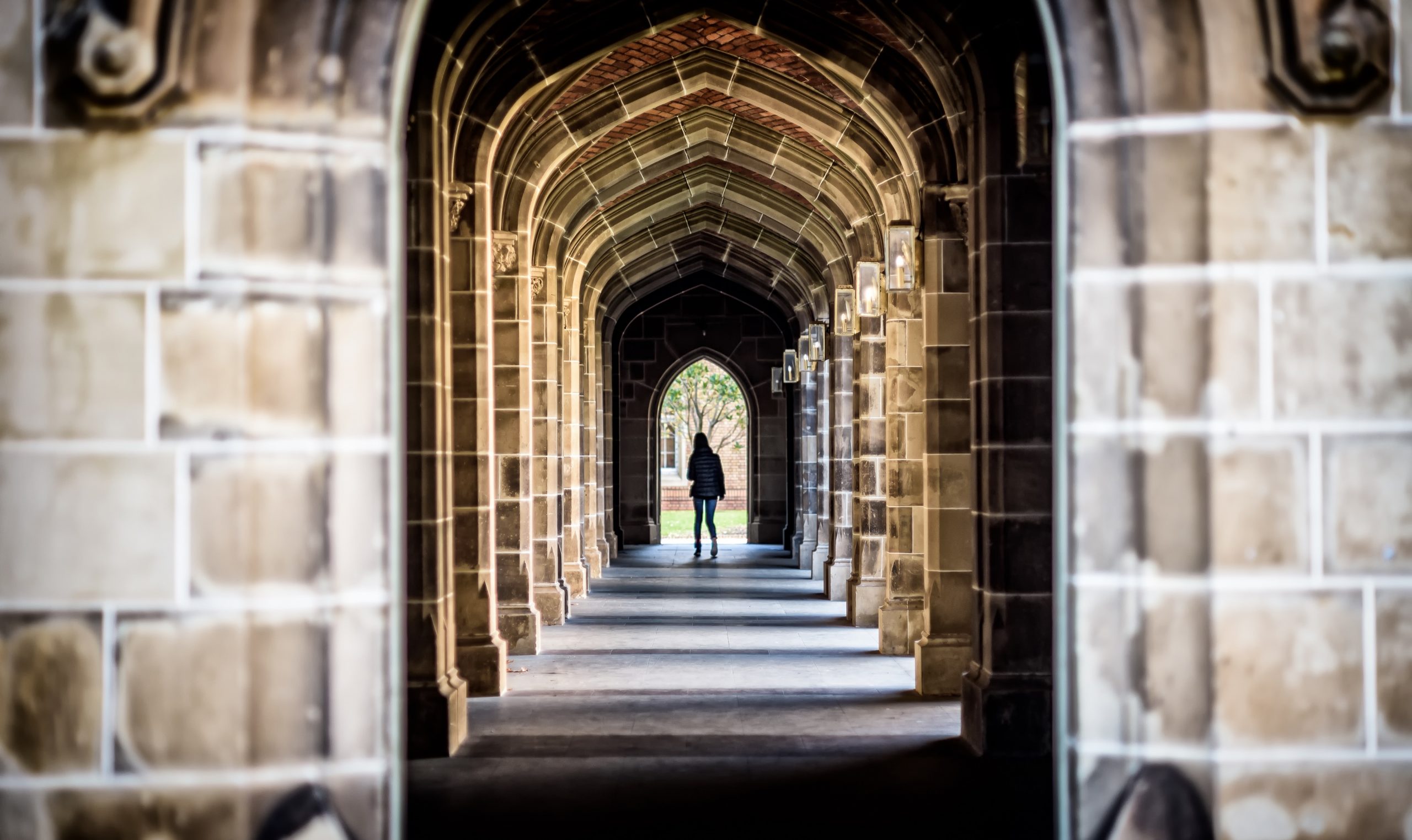Nichole Torpey-Saboe is the director of research at Strada Education Network and co-author of this piece.
High school students tend to dream big. According to the national nonprofit YouthTruth, in 2015 and 2016, over 84% of high school students reported wanting to go to college.
But data from the past 18 months tells a sobering story. Amid the pandemic, an unprecedented number of high school grads are putting their college dreams on hold. The drop in enrollment has been especially severe for students from high-poverty high schools.
This troubling trend could have long-term consequences. Once deferred, students’ education dreams may never come to fruition. Students who delay college enrollment after graduating high school have much lower odds of completing a degree long-term.
In order to hear directly from students about what disrupted their higher education plans and what could best reignite them, Strada Education Network surveyed more than 1,000 graduates from the classes of 2020 and 2021who had intended to enroll after high school but decided to postpone.
Via the survey and in-depth interviews, students shared personal accounts of their struggles navigating postsecondary planning during the pandemic.
“It’s pretty hard to motivate yourself when it’s just you doing it,” a high school graduate named Tesahe shared. “And you’re just at home sitting alone, with no one to help you that really knows what they’re doing.”
Loneliness was an all-too-common refrain in the survey responses. Students described acute social support gaps that high schools and colleges have failed to address and worsening anxiety and financial strain.
But the data also reveal what these students will need to get back on track. And, contrary to popular belief, it isn’t a matter of motivation. The students who answered the survey wanted to continue their education. But financial, familial, and social anxieties overpowered that desire.
This was even more true for students of color. Black and Latino students were more interested in continuing their education than their white counterparts. But they were also more likely to have had to step away due to the pandemic.
Reigniting educational dreams is not a matter of persuading students who all too often get mislabeled as “disengaged” from school. Rather, it’s a matter of providing students with greater access to the relationships and resources that they need.
Indeed, the students surveyed ranked access to an adviser and to money — either in the form of aid or paid work — at the top of their lists of what would be most helpful for continuing their education.
Unfortunately, all too often, advisers and resources are in scarce supply in our education systems. The high school student-to-counselor ratio averages a staggering 424 to 1.
In Strada’s survey, only about half of the students reported knowing anyone who could help them find a way to get the education after high school “that is right for me.”
To address these shortages, high schools and colleges can learn from organizations that are connecting students to peers and community members who can help with guidance and financial aid or modest cash subsidies to help ensure that our pandemic-era graduates don’t permanently fall through the cracks.
Peers can provide vital guidance that students need but schools can’t always afford to provide. For example, PeerForward trains peer leaders to build a college-going culture in low-income high schools. Peer leaders even take on case management roles, providing seniors who are going through the college application process with someone to turn to.
Beyond an emotional support role, peers promote scholarship opportunities and help their fellow students complete the FAFSA. The model has largely withstood the test of the pandemic: According to Gary Linnen, who leads PeerForward, while nationally FAFSA completion rates dropped by 17% during Covid, they only decreased by 5% in schools partnering with PeerForward.
Colleges looking to serve more students can also offer and promote modest financial resources, such as rewards programs. Union Capital Boston (UCB), a nonprofit working across low- and middle-income neighborhoods in Boston, is seeing positive gains among younger and older learners alike via its community engagement program.
Members, now over 2,800 strong, can earn Visa gift cards in exchange for the time that they participate in the Union Capital network, such as by volunteering with community programs, attending networking events, or taking courses. The program has spurred students to persist in school and enroll at impressive rates. According to Union Capital’s own surveys, as compared to when they joined the organization, UCB members have experienced an 11% increase in obtaining GEDs, a 14% increase in associate degrees, and a 21% increase in bachelor’s degrees.
Union Capital’s founder, Eric Leslie, a former school principal, believes that addressing financial barriers is a critical first step to fostering connections that help members advance in their education and careers. “The rewards help get people out the door (or virtually onto Zoom),” Leslie said.
To address troubling declines in postsecondary enrollment, high schools and colleges may need to move beyond business as usual. While formal guidance and support matter, we are hearing from students that those traditional approaches are falling woefully short.
Investing more deliberately in peer and community networks could address student loneliness and become a linchpin for long-term success. Models like PeerForward and Union Capital Boston also illustrate the power of pairing close connections with access to cash — either in the form of financial aid or direct cash transfers — to address the financial anxieties wrapped up in exploring and pursuing further education.
High schools and colleges can learn from these strategies. Most education institutions are focused on what students know and what they can do. But schools can’t afford to ignore ways that access to financial and social capital matters too.
Investing in both may be our best hope to ensure that students aren’t shut out of opportunity, and that the thousands of dreams deferred in the throes of the pandemic can ultimately be realized.
This piece was originally published on The Hechinger Report here.


